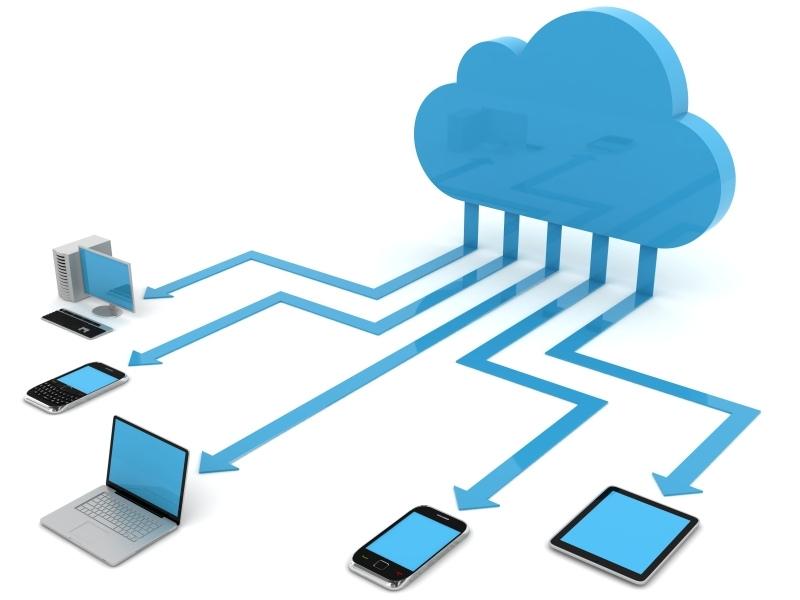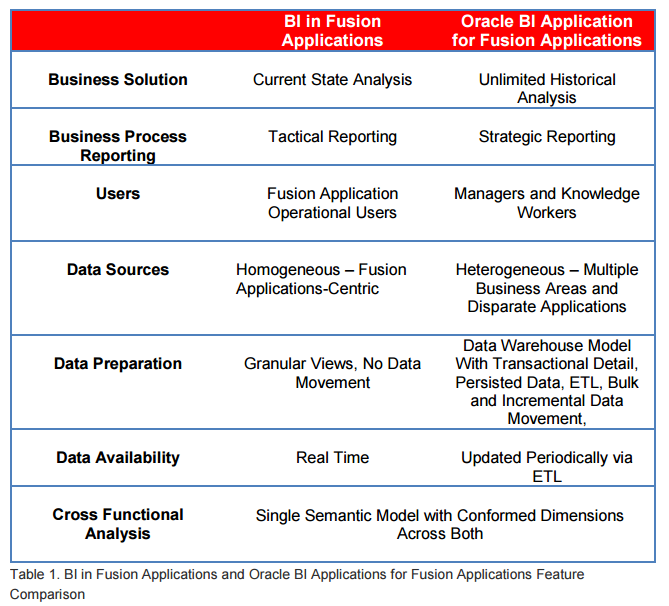Moore’s law: It is the observation that, over the history of computing hardware, the number of transistors in a dense integrated circuit doubles approximately every two years. The observation is named after Gordon E. Moore, co-founder of the Intel Corporation, whose 1965 paper described a doubling every year in the number of components per integrated circuit.
Cloud computing is type of computing that relies on sharing computing resources rather than having local servers or personal devices to handle applications. The word ‘cloud’ is used as a metaphor for "the Internet," so the phrase cloud computing means "a type of Internet-based computing," where different services such as servers, storage and applications are delivered to an organization's computers and devices through the Internet. 
The goal of cloud computing is to apply traditional supercomputing, or high-performance computing power, normally used by military and research facilities, to perform tens of trillions of computations per second.
BI and Cloud Computing: Cloud Business Intelligence (BI) applications are hosted on a virtual network, such as the internet. They are used to provide organizations access to BI-related data such as dashboards, KPIs and other business analytics. Enterprises are increasingly turning to cloud-based tools, like Customer Relationship Management (CRM) applications (Salesforce), online file collaboration and storage (Dropbox, Box) and help desk software (UserVoice, Zendesk). This trend includes business intelligence tools embracing the agility and accessibility of the Cloud.
BI cloud computing has seen many new developments. This blog discusses 2 such trends and how they enabled a change in the industry.
The Principal Financial Group as first company to implement Oracle Fusion
Business Intelligence in Oracle Fusion Applications provides self-service, role based, and contextually focused content directly into the business processes of every Fusion Application module. Users at all levels of an organization can link better insight to action and create more intelligent business processes. 
Traditionally, transactional systems have been developed and deployed separately from business intelligence. In this paradigm, business intelligence’s disconnected and out of sync from the business processes - requiring business users to hunt for the information they need to make decisions.
With business intelligence isolated from normal business processes, many users would find inaccurate, incomplete data or perhaps none at all to make decisions that impact the performance of a business. Now, all that has changed. Fusion Applications embed business intelligence directly into business processes so that all users have complete, consistent information when they need it, where they need it, and how they need it.
The Principal recognized opportunity to rapidly deliver business solutions and position itself for future growth by updating their essential business technology. In order to do this, it implemented Oracle Fusion Workforce Compensation and Oracle Fusion Human Capital Management (HCM). Financials and HCM solutions.
With this implementation company was able to reduce its payment cycle from 10 weeks to just three weeks for its employees.
Teradata Cloud implements Big Data Analytics at Netflix
Aiming to give customers the flexibility to store, process and leverage their data on-premises, in the cloud or in a hybrid environment, Teradata is making its portfolio of platforms and services available via the cloud, including Data Warehouse as a Service, Discovery as a Service and Data Management as a Service.
Teradata introduced the Teradata Cloud, which takes the company's entire portfolio—including Teradata Database and Teradata Aster Discovery Platform. Their idea is to provide complete flexibility to customers, allowing them to deploy on-premises, in the cloud or in a hybrid environment as their business demands. Some businesses, like Teradata customer Netflix, have a cloud-only mandate, he says and Teradata Cloud ensures that they can stick to that mandate.
Netflix implemented Teradata cloud for big data analytics. Teradata cloud pounds their database with 70 or more concurrent queries and sophisticated integration and processing at extremely high speeds. Cloud gives Netflix remote access to Teradata Database software and supporting backup capacity to quickly and easily understand patterns and value as subscribers watch more than 1 billion hours of TV shows, movies and original content per month.
The Netflix use case demonstrates that enterprise cloud analytics is a reality. You can indeed get massively parallel analytics at scale, with no performance compromises. The functionality, availability and security you expect from Teradata is all there, and you get it with all the flexibility of the cloud, including pay-as you go pricing, rapid provisioning and scalability on demand.
The fact that such a massively data-reliant company like Netflix is now almost completely in the cloud, Netflix plans to shutter its small remaining data center footprint by the end of this yea. But it’s also a signal to the industry at large: enterprise cloud solutions are viable, at least when they’re done right with the underpinnings of a leading analytic database, and they are here already!
They' have got hundreds of users literally hitting billions of different data points .They're a company that does everything in the cloud. They want to be able to do their decision support in the cloud too.
Teradata introduced the Teradata Cloud, which takes the company's entire portfolio—including Teradata Database and Teradata Aster Discovery Platform. Their idea is to provide complete flexibility to customers, allowing them to deploy on-premises, in the cloud or in a hybrid environment as their business demands. Some businesses, like Teradata customer Netflix, have a cloud-only mandate, he says and Teradata Cloud ensures that they can stick to that mandate.
Netflix implemented Teradata cloud for big data analytics. Teradata cloud pounds their database with 70 or more concurrent queries and sophisticated integration and processing at extremely high speeds. Cloud gives Netflix remote access to Teradata Database software and supporting backup capacity to quickly and easily understand patterns and value as subscribers watch more than 1 billion hours of TV shows, movies and original content per month.
The Netflix use case demonstrates that enterprise cloud analytics is a reality. You can indeed get massively parallel analytics at scale, with no performance compromises. The functionality, availability and security you expect from Teradata is all there, and you get it with all the flexibility of the cloud, including pay-as you go pricing, rapid provisioning and scalability on demand.
The fact that such a massively data-reliant company like Netflix is now almost completely in the cloud, Netflix plans to shutter its small remaining data center footprint by the end of this yea. But it’s also a signal to the industry at large: enterprise cloud solutions are viable, at least when they’re done right with the underpinnings of a leading analytic database, and they are here already!
They' have got hundreds of users literally hitting billions of different data points .They're a company that does everything in the cloud. They want to be able to do their decision support in the cloud too.
References